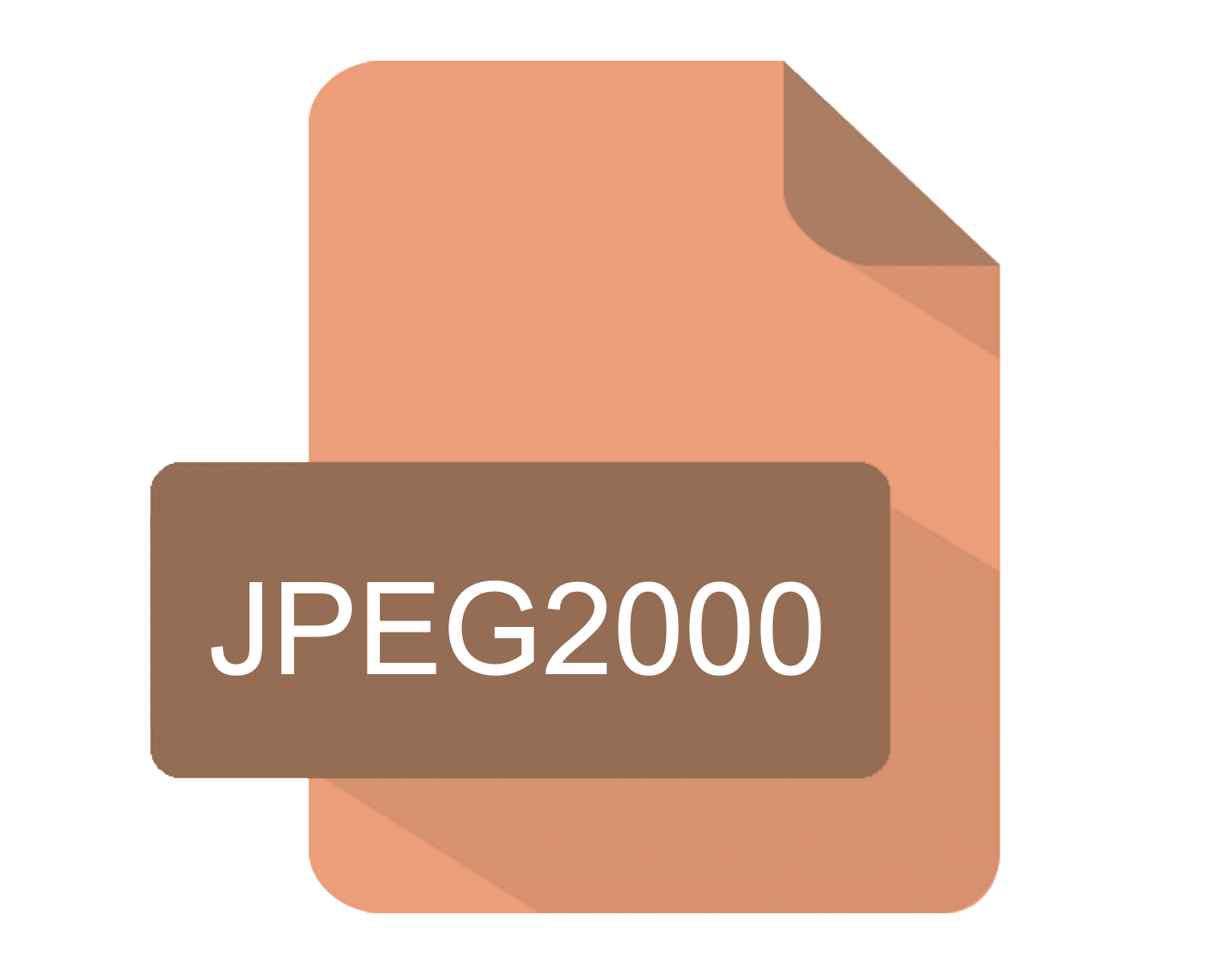Why do JPEG2000 Images cause problems for Java Developers?
ImageIO does not fully support JPEG2000 images. It supports the jp2 subformat but not jpx.
What options are there for supporting JPEG files in Java?
Java does have some support for JPEG2000 files in ImageIO. There are also Open Source and Commercial options available, including JDeli which offers pure Java support and the option to be added as ImageIO plugin.
We recommend JDeli for working with JGEG 2000 files because it is a pure, complete Java implementation with no known security issues. It can be used with existing ImageIO code and has an API to write new code so we will document that in this article. It can also read JPEG 2000 files and supports several other complex Image formats such as AVIF, HEIC and WEBP.
How to write an image as a JPEG 2000 file with ImageIO
- ImageIO will need the JAI_ImageIO plugin installed.
- Create a File (or OutputStream) object for the JPEG2000 output.
- Pass image, jpg type and File (or OutputStream) object into write method
and the Java code to write JPEG2000 with ImageIO…
File file = new File("/path/to/outputFile.jp2"));
ImageIO.write(bufferedImage, "jpeg2000", file);
By default, our JDeli ImageIO plugin will not be used for JPEG2000 writing. You can choose to enable it and this code will then use JDeli for JPEG2000 output:
- Download the JDeli trial jar with our ImageIO plugin
- Follow the support documentation to install
How to write an image as a JPEG 2000 file with JDeli
- Add JDeli to your class or module path. (download link to the trial jar).
- Create a File (or OutputStream) object
- Pass image, JPEG2000 type and File (or OutputStream) object into write method
and the Java code to write JPEG2000 with JDeli…
File file = new File("/path/to/outputFile.jp2"));
JDeli.write(bufferedImage, "jp2", file);
//In JDeli you can also use a typesafe version
JDeli.write(bufferedImage, OutputFormat.JPEG2000, file);
//or pass in a Jpeg2000EncoderOptions object for more control over JPEG2000 image output
Jpeg2000EncoderOptions options = new Jpeg2000EncoderOptions();
JDeli.write(bufferedImage, options, file);
Other useful JPEG2000 links
- Related articles on our support site.
- How to read JPEG 2000 files in Java.
- How to What is JPEG 2000
How can JDeli help?
JDeli is the best pure Java image library for image manipulation. You can use JDeli to read, write and convert your images as it has JPEG2000 support. Visit our documentation to learn more about JDeli’s JPEG2000 support.
Are you a Java Developer working with Image files?
// Read an image
BufferedImage bufferedImage = JDeli.read(avifImageFile);
// Write an image
JDeli.write(bufferedImage, "avif", outputStreamOrFile);// Read an image
BufferedImage bufferedImage = JDeli.read(dicomImageFile);// Read an image
BufferedImage bufferedImage = JDeli.read(heicImageFile);
// Write an image
JDeli.write(bufferedImage, "heic", outputStreamOrFile);// Read an image
BufferedImage bufferedImage = JDeli.read(jpegImageFile);
// Write an image
JDeli.write(bufferedImage, "jpeg", outputStreamOrFile);
// Read an image
BufferedImage bufferedImage = JDeli.read(jpeg2000ImageFile);
// Write an image
JDeli.write(bufferedImage, "jpx", outputStreamOrFile);
// Write an image
JDeli.write(bufferedImage, "pdf", outputStreamOrFile);
// Read an image
BufferedImage bufferedImage = JDeli.read(pngImageFile);
// Write an image
JDeli.write(bufferedImage, "png", outputStreamOrFile);
// Read an image
BufferedImage bufferedImage = JDeli.read(tiffImageFile);
// Write an image
JDeli.write(bufferedImage, "tiff", outputStreamOrFile);
// Read an image
BufferedImage bufferedImage = JDeli.read(webpImageFile);
// Write an image
JDeli.write(bufferedImage, "webp", outputStreamOrFile);
What is JDeli?
JDeli is a commercial Java Image library that is used to read, write, convert, manipulate and process many different image formats.
Why use JDeli?
To handle many well known formats such as JPEG, PNG, TIFF as well as newer formats like AVIF, HEIC and JPEG XL in java with no calls to any external system or third party library.
What licenses are available?
We have 3 licenses available:
Server for on premises and cloud servers, Distribution for use in a named end user applications, and Custom for more demanding requirements.
How does JDeli compare?
We work hard to make sure JDeli performance is better than or similar to other java image libraries. Check out our benchmarks to see just how well JDeli performs.

